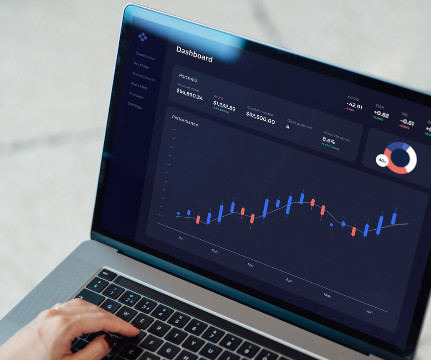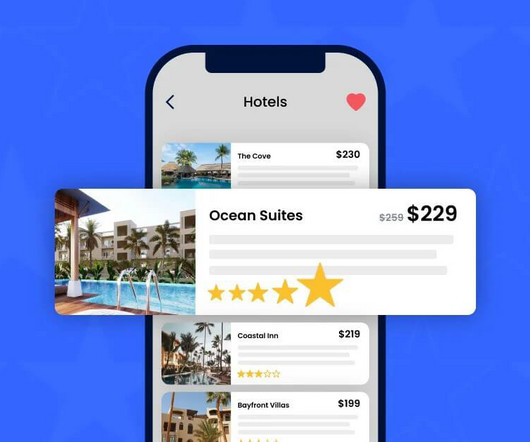8 Essential Features To Consider When Choosing a Revenue Management Solution for Your Hotel
STAAH
APRIL 16, 2024
An RMS should provide detailed insights into key performance metrics such as Room Revenue Per Available Room (RevPAR), Average Daily Rate (ADR), occupancy rates, booking pace, and revenue forecasts. Look for an RMS that utilizes advanced forecasting models and predictive analytics to forecast demand with precision.














Let's personalize your content